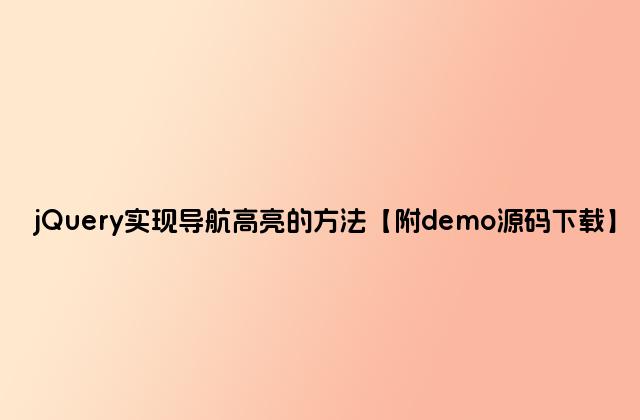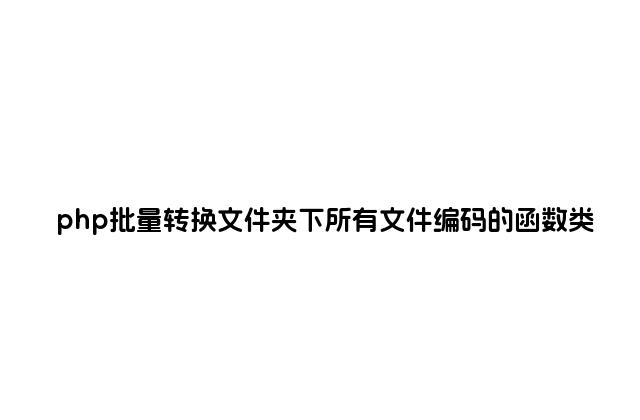
本文實(shí)例講述了PHP鉤子與簡(jiǎn)單分發(fā)方式。分享給大家供大家參考,具體如下:
//簡(jiǎn)單的鉤子實(shí)現(xiàn)例子
class tool{
public static function main($class, $fun, $data = ''){
//前置公共操作
$con = new $class;
$con->$fun($data);
//后置公共操作
}
}
class a{
function b($data){
echo '我是方法b';
}
}
class c{
function d($data){
echo '我是方法d';
}
}
//鉤子調(diào)用
tool::main('a','b','222');
在封裝短信通道的時(shí)候本打算用鉤子來(lái)實(shí)現(xiàn)的,
可以自動(dòng)發(fā)送短信(多通道)email,push等消息。。。
后來(lái)發(fā)現(xiàn)業(yè)務(wù)需求并沒(méi)有想象中那么復(fù)雜,開(kāi)發(fā)就擱置了。。。。
T_T 于是就采用了一種簡(jiǎn)單的分發(fā)方式來(lái)實(shí)現(xiàn)
class Ar_Sms{
const LANCHUANG = 1;//通道1
const ALIDAYU = 2; //通道2
private $type;
private $chuanglan_config = array(//通道1配置項(xiàng)
'api_send_url'=>'xxxx',
'api_balance_query_url'=> 'xxxxx',
'api_account'=> 'xxxx',
'api_password'=> 'xxxxx',
);
private $alidayu_config = array(//通道2配置項(xiàng)
'api_key'=> 'xxxx',
'api_id'=> 'xxxxx',
'api_send_url'=> 'xxxxx',
);
public function __construct($type=1){
switch($type){
case self::LANCHUANG:
$this->type = $type;break;
case self::ALIDAYU:
$this->type = $type;break;
default:
$this->type = false;
}
}
//對(duì)外拋出的發(fā)送方法
public function sendSms($mobile, $msg){
switch($this->type){
case self::LANCHUANG:
return $this->_sendCL($mobile, $msg);
case self::ALIDAYU:
return $this->_sendAL($mobile, $msg);
default:
return false;
}
}
//通道1發(fā)送方法
private function _sendCL($mobile, $msg, $needstatus = 'false', $extno = ''){
$postArr = array (
'account' => $this->chuanglan_config['api_account'],
'pswd' => $this->chuanglan_config['api_password'],
'msg' => $msg,
'mobile' => $mobile,
'needstatus' => $needstatus,
'extno' => $extno
);
$result = $this->_curlPost( $this->chuanglan_config['api_send_url'] , $postArr);
$result = $this->_execResult($result);
return $result[1] == 0 ? true : $result[1];
}
//通道2發(fā)送方法
private function _sendAL($mobile, $msg){
$postArr = array (
'id' => $this->alidayu_config['api_id'],
'key' => $this->alidayu_config['api_key'],
'msg' => $msg,
'mobile' => $mobile,
);
$result = $this->_curlPost( $this->alidayu_config['api_send_url'] , $postArr);
$result = $this->_execResult($result);
return $result[1] == 0 ? true : $result[1];
}
//-------------一些公共方法
/**
* 處理返回值rn 分割
*
*/
private function _execResult($result){
$result=preg_split("/[,rn]/",$result);
return $result;
}
/**
* 處理返回值json
*
*/
private function _jsonResult($result){
$result=json_decode($result, true);
return $result;
}
/**
* 通過(guò)CURL發(fā)送HTTP請(qǐng)求
* @param string $url //請(qǐng)求URL
* @param array $postFields //請(qǐng)求參數(shù)
* @return mixed
*/
private function _curlPost($url,$postFields){
$postFields = http_build_query($postFields);
$ch = curl_init ();
curl_setopt ( $ch, CURLOPT_POST, 1 );
curl_setopt ( $ch, CURLOPT_HEADER, 0 );
curl_setopt ( $ch, CURLOPT_RETURNTRANSFER, 1 );
curl_setopt ( $ch, CURLOPT_URL, $url );
curl_setopt ( $ch, CURLOPT_POSTFIELDS, $postFields );
$result = curl_exec ( $ch );
curl_close ( $ch );
return $result;
}
}
$ob = new Ar_Sms(Ar_Sms::ALIDAYU);//通道1發(fā)送
$res = $ob->sendSms('xxxxx','xxxxxx');
var_dump($res);
$ob = new Ar_Sms(Ar_Sms::LANCHUANG);//通道2發(fā)送
$res = $ob->sendSms('xxxxx','xxxxxx');
var_dump($res);
通過(guò)一個(gè)簡(jiǎn)單的分發(fā)實(shí)現(xiàn)多通道的自由切換,
由于只是簡(jiǎn)單的發(fā)送所以沒(méi)有進(jìn)一步的抽象~ ??rz
鉤子的實(shí)現(xiàn)方式,設(shè)想有點(diǎn)大,具體的實(shí)現(xiàn)還有帶考究。。有時(shí)間我會(huì)研究研究的 這里就拋一個(gè)簡(jiǎn)單的demo吧 設(shè)想的是--》多途徑 多方式 多通道支持 方便擴(kuò)展
更多關(guān)于PHP相關(guān)內(nèi)容感興趣的讀者可查看本站專(zhuān)題:《php面向?qū)ο蟪绦蛟O(shè)計(jì)入門(mén)教程》、《PHP基本語(yǔ)法入門(mén)教程》、《PHP數(shù)組(Array)操作技巧大全》、《php字符串(string)用法總結(jié)》、《php+mysql數(shù)據(jù)庫(kù)操作入門(mén)教程》及《php常見(jiàn)數(shù)據(jù)庫(kù)操作技巧匯總》
希望本文所述對(duì)大家PHP程序設(shè)計(jì)有所幫助。






